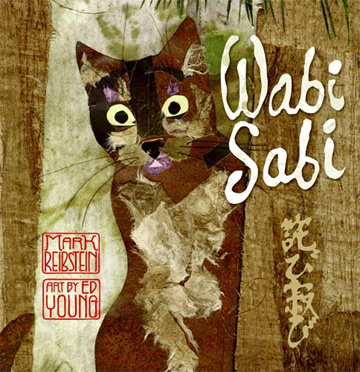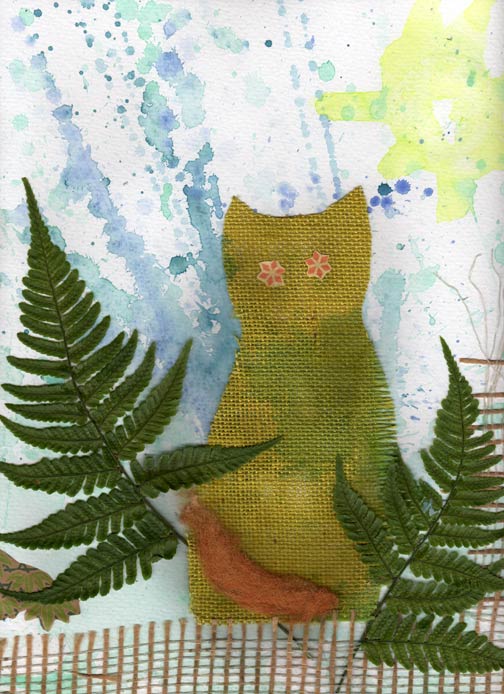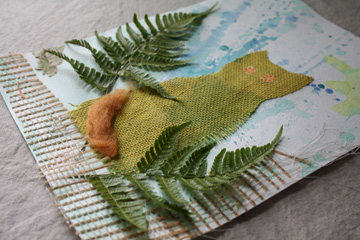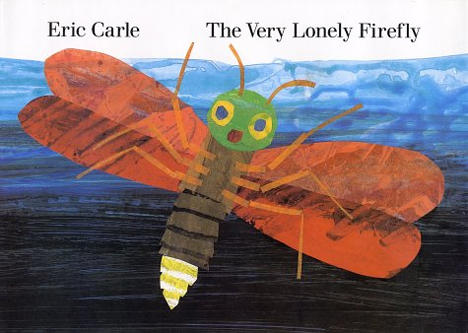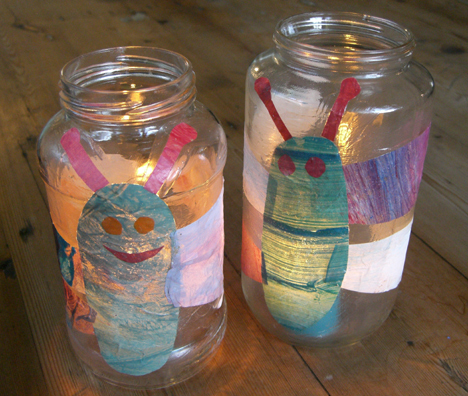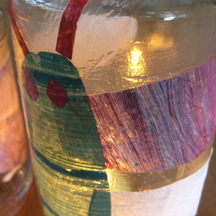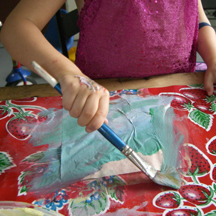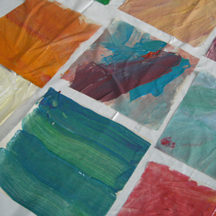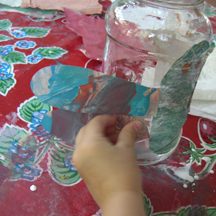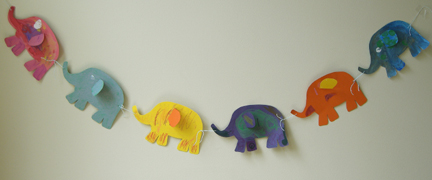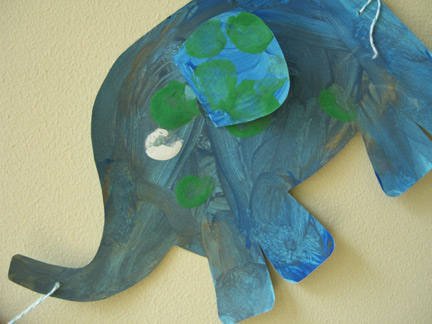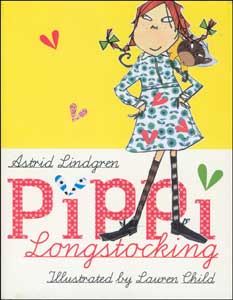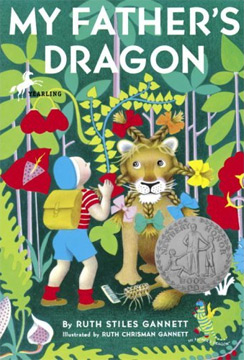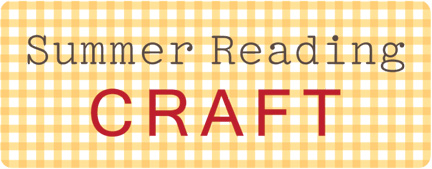
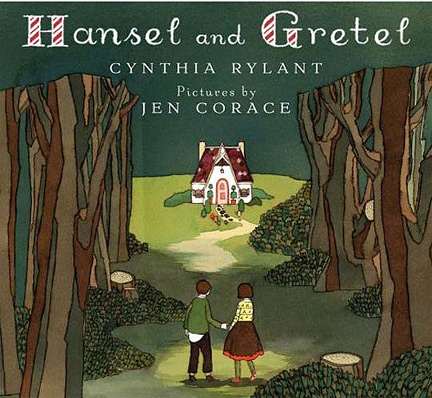
This week we read Hansel and Gretel as re-told by Cynthia Rylant and beautifully illustrated by Jen Corace. The Grimm Brothers told some creepy stories, didn’t they? They were the fear-mongers of the 19th century; now we just have cable news.
This faithful re-telling of the story starts off:
It has been said that guardian spirits watch over and protect small children, and that may be so. But there are also stories of children who find the courage to protect themselves. Such is the story of Hansel and Gretel.
I really don’t recommend this tale for the littlest of children, but my four-year-old and six-year-old were able to handle it now that they have some semblance of rational thinking — enough to realize that there are no children-eating witches (but they are not ready to read The Road yet). The illustrations have a handmade aesthetic with Hansel and Gretel sleeping under a very nice quilt and romping through the woods in cool indie clothes. Ooh, and I love the witch’s wallpaper. That witch has great taste.
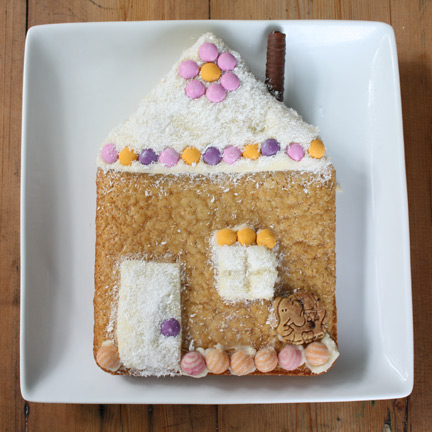
Anyway, we decided to make a cake house for the story project. Originally I wanted to make a printable paper house that the kids could color, but my kids wouldn’t stand for it. “It says that the house is made of cake and sugar!” Okay, fine. So we got a boxed cake mix and some hippie-style organic candy, and there you go. Cake house. Apparently our house has a pet elephant too. I’m sure you can make something much more elaborate, maybe even with a house-shaped pan. Give it a try.


